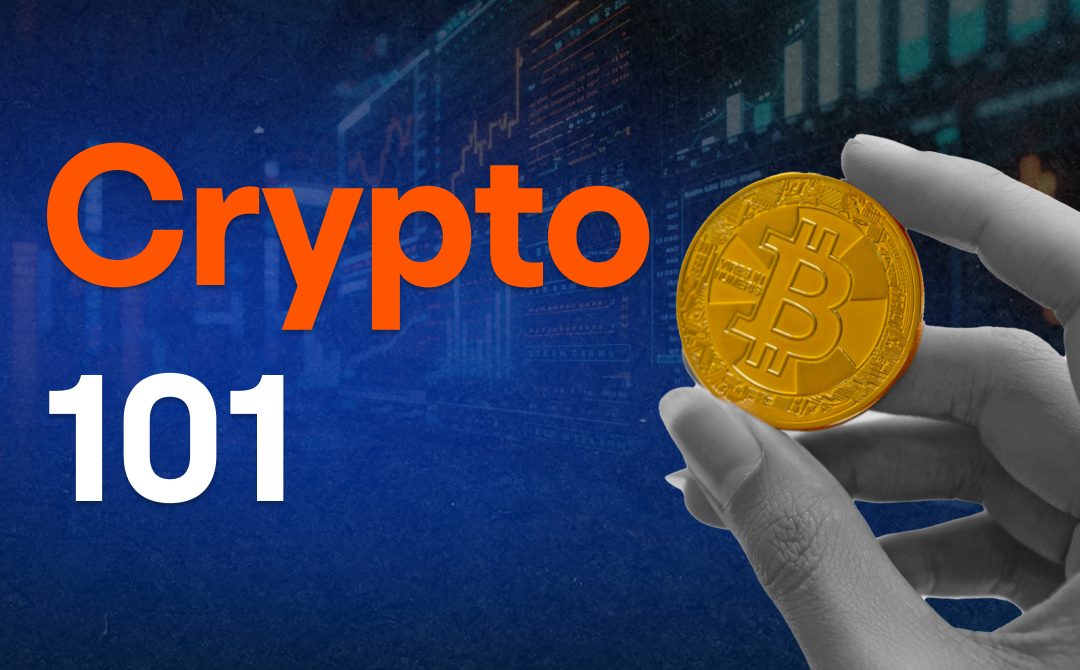Brief comment on performance
Kaiyuan shares achieved revenue of 1.49 billion yuan / + 2.4%YoY in 2019, of which instrumentation realized revenue of 0.4 billion yuan /-87%YoY, vocational education achieved revenue of 1.442 billion yuan / + 24.2% YoY, net profit of return to home-635 million yuan,-744% YoY, and deduction of non-return net profit of-606 million /-708%YoY. The reason for the substantial loss is mainly due to ① manufacturing divestiture and provision for goodwill impairment provision-net profit of-623 million yuan /-691.77%YoY in 2019, net profit of 38 million yuan excluding the provision of 577 million yuan of goodwill impairment provision and the net loss of 83 million yuan of the original manufacturing business sector. The company completed the divestiture of manufacturing assets in March 2019, and the loss of this business sector increased by 105% in 2019, mainly because the company commissioned Changsha Kaiyuan instrument Co., Ltd. to collect the accounts receivable of the manufacturing business, resulting in a transfer loss of 56 million yuan of financial assets. The rate of ② sales expenses increased significantly-the company adopted an active marketing strategy in 2019 to increase marketing efforts and brand exposure, and the number of applicants increased by 29.8%. However, due to the gradual loss of Internet dividends, the decline in traffic effectiveness, and the increase in customer cost, the sales expense rate reached 40.7%, increasing 14.5pct compared with the same period last year.
Slow down the expansion of outlets, and the number of applicants increased by 29.8%: by the end of 2019, there were 397 outlets in 26 provinces / municipalities directly under the Central Government and 164 cities, unchanged from the end of 2018; and 341 directly operated outlets, a net increase of 1 over the beginning of the year. In 2019, the company took the initiative to slow down the pace of the new campus, focusing on improving the scale of individual school rebates. The annual report in 2019 reached 733000 / + 29.8% YoY; the turnover of orders reached 1.79 billion yuan / + 26.8%YoY, including 766 million yuan / + 20.4%YoY for vocational skills training, 263 million yuan /-7.2%YoY for vocational qualification examination, and 760 million yuan /-54.7%YoY for academic counseling services. In the part of online education, the number of trainers reached 561000 / + 30.9% YoY, and the income was 304 million / + 4.8%YoY.
Kaiyuan 2020Q1 achieves revenue of 140 million /-61.0% Yoy, net return profit of-122 million /-650% YOY, and non-return net profit of-124 million /-706%YoY. It is mainly due to the postponement of the resumption of classes in offline campuses affected by the epidemic, resulting in a substantial decline in the income of face-to-face business, in which the income of education in Heng enterprises is 116 million /-61.5%YoY and that of talents at CUHK is 23 million / + 7.9%YoY. The company achieved enrollment of 270000 people / + 92.6% YoY; realized sales order turnover of 227 million yuan /-45.3%YoY. Mainly due to the rapid development of the company's online education business, the number of enrollment has increased rapidly, but the unit price of online education customers is lower, and the turnover of sales orders has declined compared with the same period last year. As of March 31, 2020, the total contractual liabilities and advance receipts of the company were 366 million yuan, an increase of 18.3% over the end of 2019, due to the delivery delay caused by the suspension of offline courses, affecting the pace of revenue recognition.
Investment advice: the company's important change lies in business purification. We believe that with the improvement of the governance structure and the focus on vocational education, the business is expected to improve. We estimate that the 20-22 net profit of homing will be-1.24 "210" and 234 million yuan respectively, and the 21-year PE valuation will be 12x, maintaining the "buy" rating.
Risk hint: additional issuance needs to be approved by the CSRC, goodwill impairment risk, epidemic impact, intensified competition, policy risk, deregulation risk, pledge risk and so on.






Comment(0)
Reason For Report